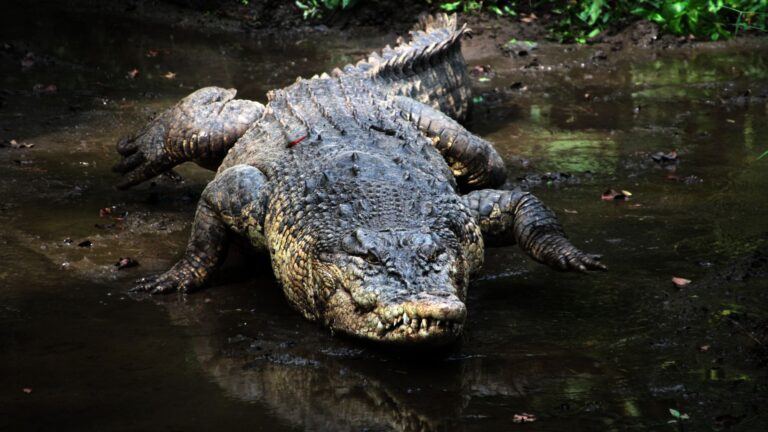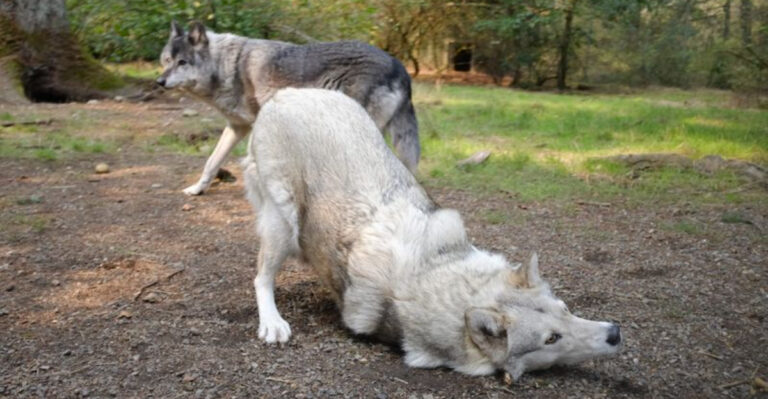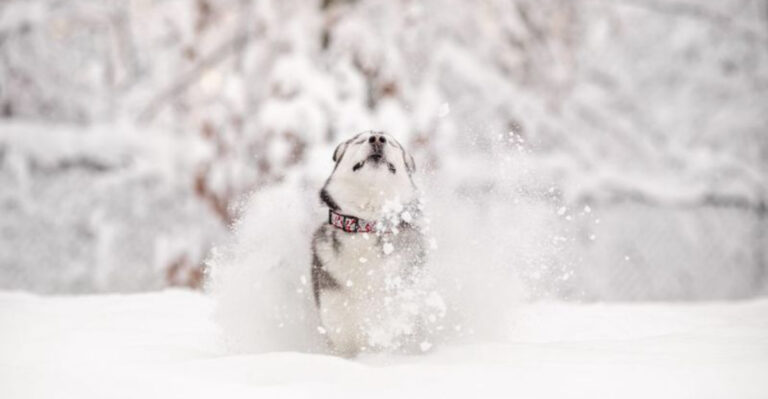14 Reasons Why The Future Of Bowhead Whales Depends On Us
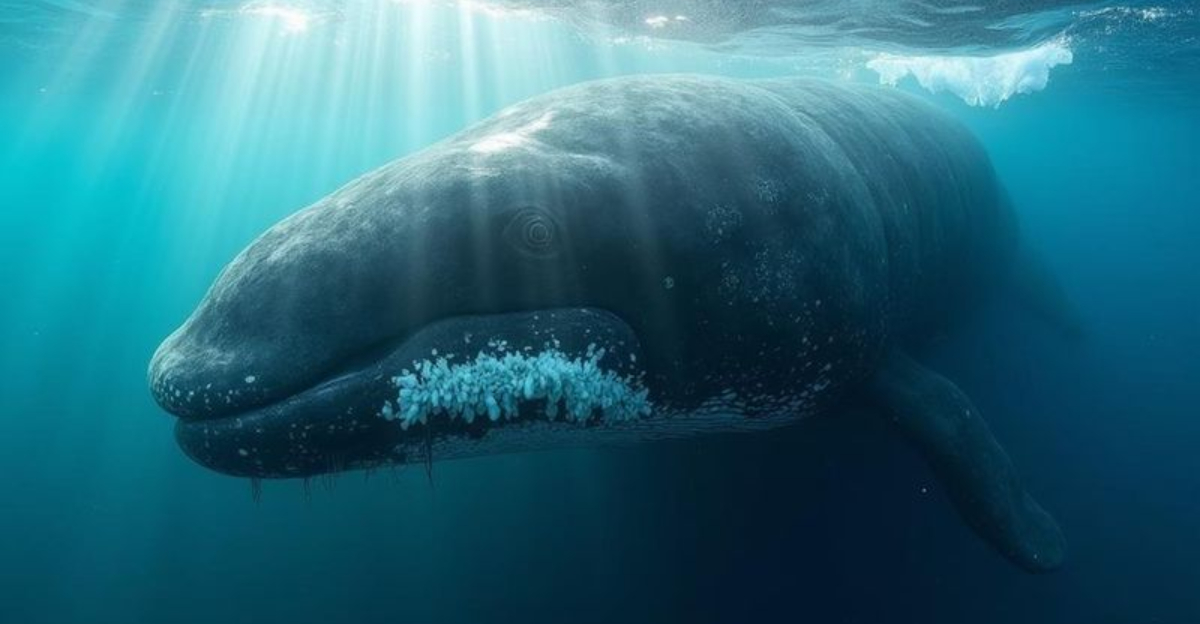
The massive bowhead whale, with its powerful curved jaw and ability to live over 200 years, faces serious threats in our rapidly changing world.
These Arctic giants break through ice with their robust skulls and communicate through complex songs that travel for miles underwater. Our actions today will determine whether these remarkable creatures continue to grace our oceans or fade into extinction.
1. Climate Change Threatens Their Icy Home

Arctic sea ice is vanishing at an alarming rate. Bowheads rely on this icy environment for protection from predators and as a critical feeding ground.
The disappearance of sea ice disrupts their entire ecosystem, from the tiny plankton they eat to the sheltered areas where they raise their young. Our carbon emissions directly impact their home’s stability.
2. Underwater Noise Disrupts Their Communication
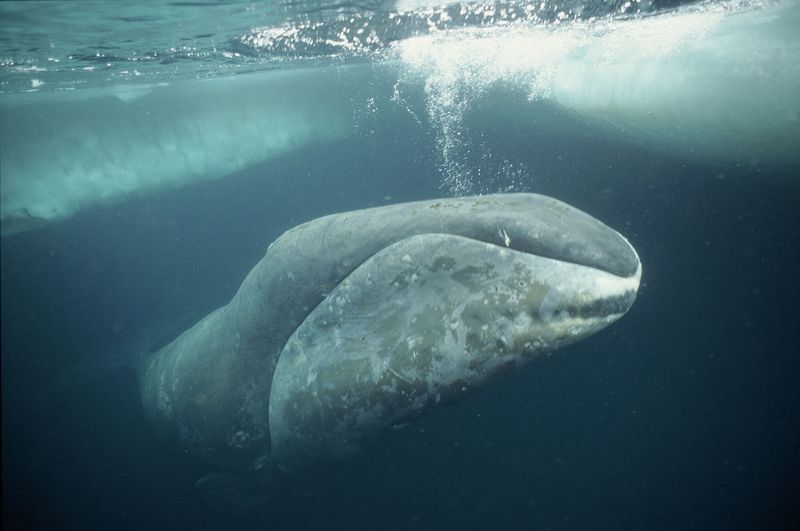
Ship engines, oil exploration, and military sonar create an underwater cacophony that bowheads never evolved to handle. Their songs and calls get drowned out by our mechanical racket.
Mother whales struggle to locate calves, and mating pairs can’t find each other. The noise stress affects their feeding, reproduction, and navigation—problems we have the technology to reduce.
3. Chemical Pollutants Accumulate In Their Bodies
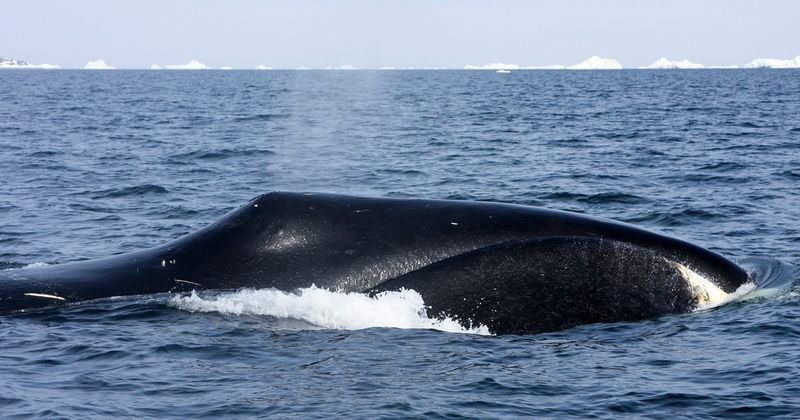
Bowheads feed by filtering huge amounts of water through their baleen plates. This makes them vulnerable to absorbing the chemicals we dump into oceans.
PCBs, heavy metals, and microplastics build up in their blubber over their long lives. These toxins weaken their immune systems and reproductive capacity. With lifespans over 200 years, they’re living archives of our pollution history.
4. Shipping Routes Cut Through Migration Paths
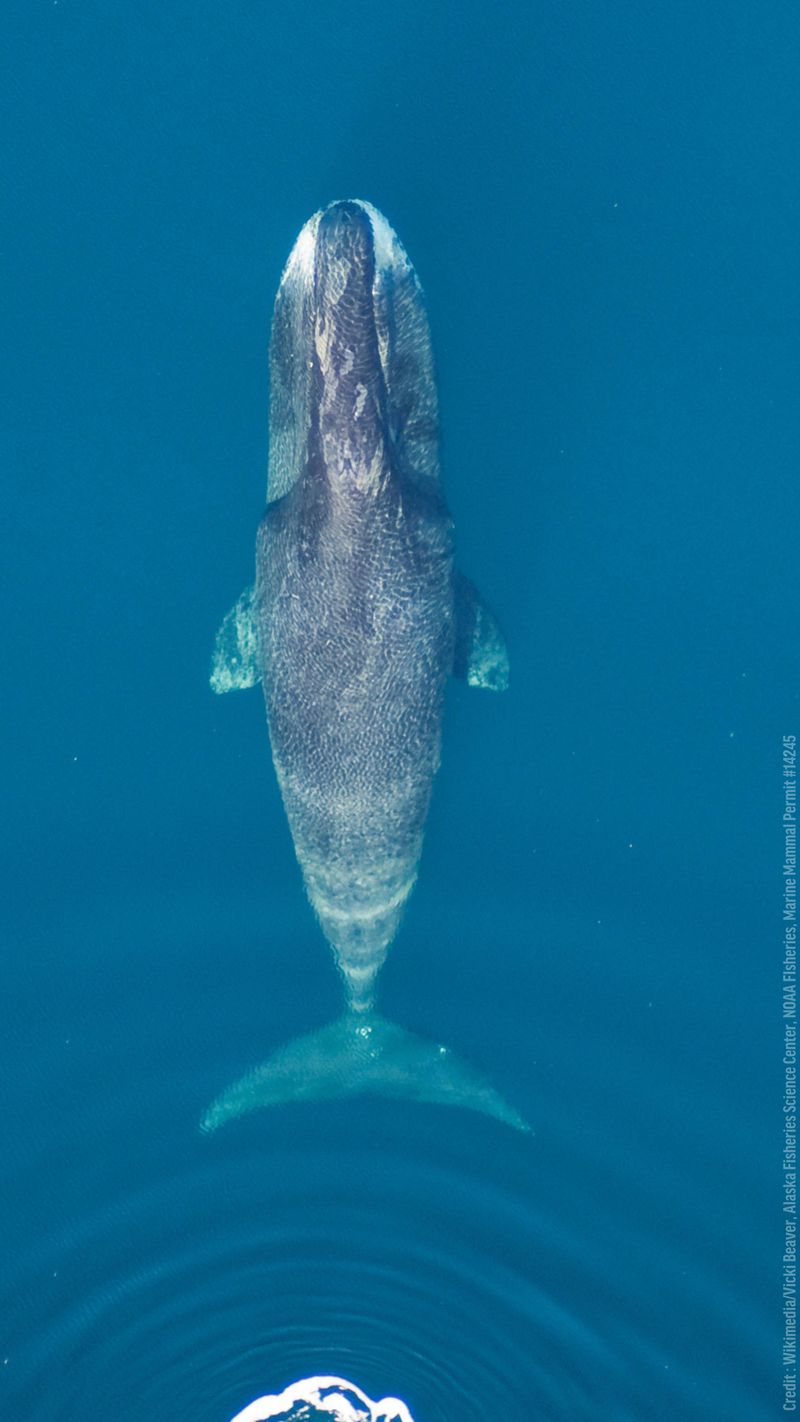
As Arctic ice retreats, new shipping lanes open directly through bowhead territory. These gentle giants now face unprecedented vessel traffic across their ancient migration routes.
Ship strikes can be fatal to these slow-moving creatures. The Northwest Passage, once impassable and safe for whales, now buzzes with container ships and cruise vessels. Our navigation choices determine whether bowheads can safely travel their seasonal pathways.
5. Oil And Gas Exploration Invades Their Territory
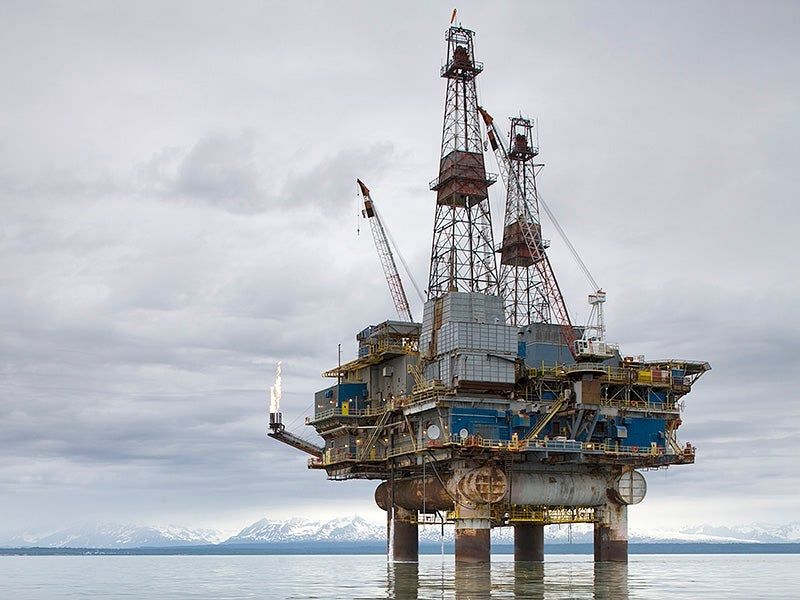
Seismic blasting—where powerful air guns shoot sound waves into the ocean floor—terrifies bowheads. These underwater explosions can reach 250 decibels, forcing whales to abandon feeding areas.
Drilling platforms bring risks of devastating spills in fragile Arctic ecosystems. Cold waters mean oil breaks down slowly, lingering for decades. Our energy choices directly impact whether bowheads have safe, quiet places to feed and breed.
6. Traditional Knowledge Helps Monitor Population Health
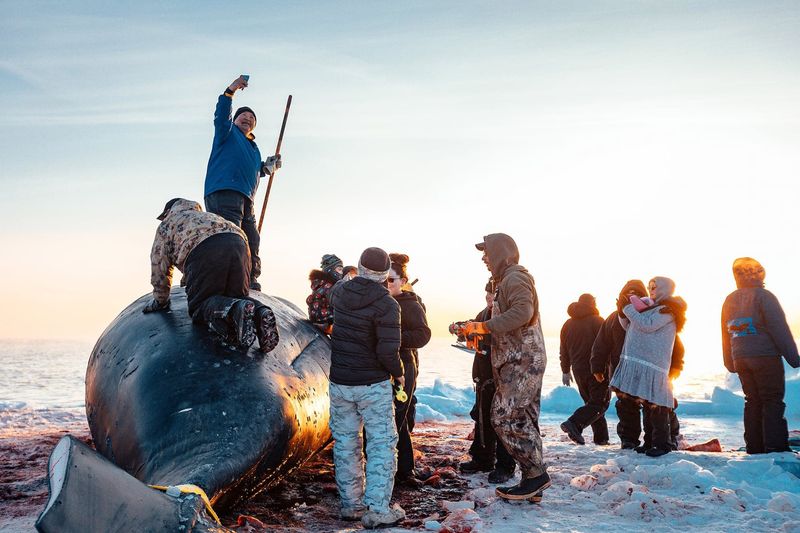
Indigenous communities have tracked bowhead movements and behaviors for thousands of years. Their observations provide crucial insights that satellite tracking alone can’t capture.
Inuit hunters notice changes in whale health, blubber thickness, and calf numbers long before scientists detect population trends. Supporting indigenous knowledge-keeping and involving communities in conservation planning creates powerful partnerships that benefit bowheads.
7. Protected Marine Areas Offer Safe Havens

Bowheads need sanctuary zones where human activities are limited. These protected areas allow them to feed, socialize, and raise young without constant disturbance.
Marine protected areas work best when they cover critical habitat and migration corridors. The creation of these whale refuges depends entirely on human policy decisions. Our willingness to set aside portions of ocean determines whether bowheads have the space they need to thrive.
8. Scientific Research Reveals Unknown Vulnerabilities
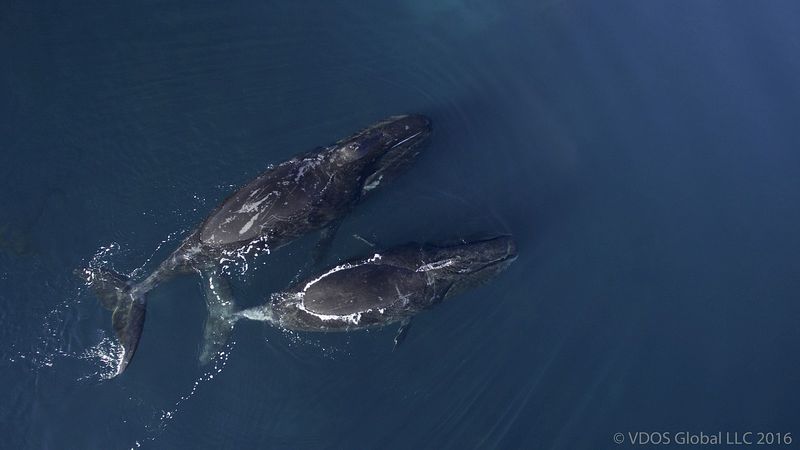
Bowheads remain mysterious despite their massive size. New research using non-invasive techniques like drone footage and fecal sampling reveals surprising aspects of their biology.
Scientists recently discovered bowheads sing complex, jazz-like songs during winter breeding seasons. Understanding their social structure, stress responses, and reproductive cycles helps us identify threats we’d otherwise miss. Our commitment to ethical research creates protection strategies that actually work.
9. Plastic Waste Threatens Their Food Supply
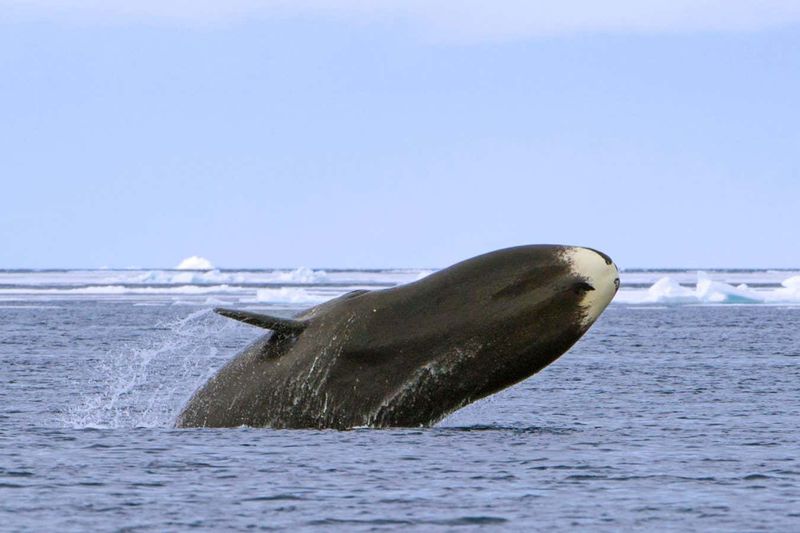
Microplastics have invaded even remote Arctic waters. These tiny particles absorb toxins and are consumed by the small organisms bowheads filter from the water.
A single bowhead can filter over 17,000 gallons of water hourly, potentially ingesting thousands of plastic fragments. The plastic reduces nutritional value of their food and introduces harmful chemicals. Our plastic consumption and disposal habits directly impact their food security.
10. Legal Protections Require Enforcement
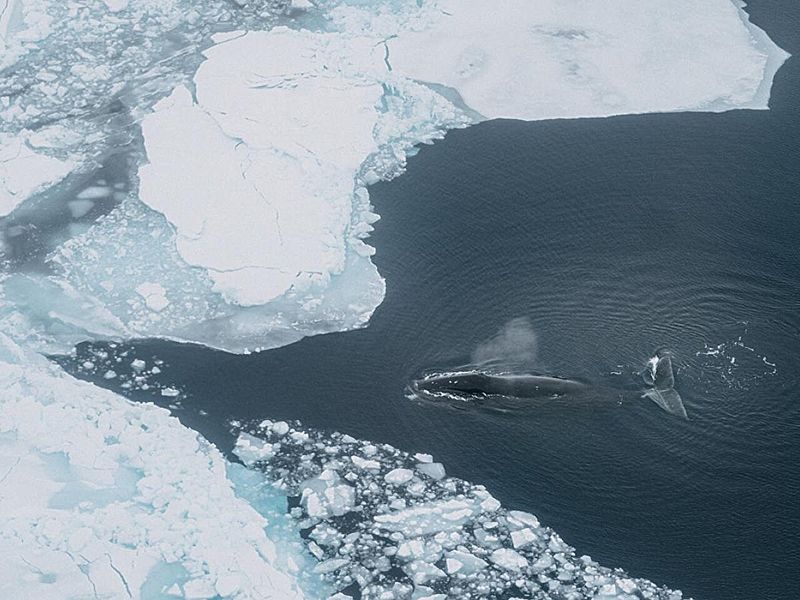
International agreements like the Marine Mammal Protection Act and various Arctic treaties provide legal shields for bowheads. However, these protections only work when properly enforced.
Monitoring vast Arctic waters presents enormous challenges. Remote technologies like satellite tracking and acoustic monitoring help, but require funding and political will. Our commitment to upholding conservation laws determines whether bowheads receive real protection or just paper promises.
11. Sustainable Tourism Creates Whale Advocates
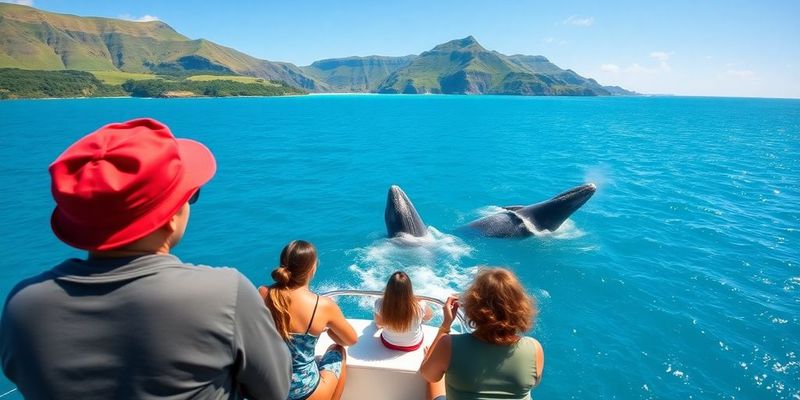
Responsible whale watching creates emotional connections between people and bowheads. Visitors who witness these magnificent creatures often become passionate advocates for their protection.
Tourism dollars provide economic incentives for conservation when managed properly. However, too many boats or reckless approaches stress whales and disrupt feeding. Our commitment to respectful wildlife viewing practices ensures tourism benefits rather than harms these gentle giants.
12. Cultural Significance Inspires Protection

Bowheads hold deep spiritual and cultural importance for Arctic indigenous peoples. Their bones built homes, their meat sustained communities, and their migrations marked seasonal changes for millennia.
Stories, songs, and artwork celebrating bowheads connect generations and inspire conservation efforts. Supporting indigenous-led protection initiatives honors this cultural heritage. Our respect for traditional relationships with bowheads creates powerful conservation partnerships.
13. Recovery From Historical Whaling Takes Centuries

Commercial whalers nearly exterminated bowheads by the early 1900s. Their population crashed from tens of thousands to mere hundreds in some regions.
Bowheads reproduce slowly—females have single calves every 3-4 years and don’t reach sexual maturity until age 25. Some populations are recovering, but remain far below historical numbers. Our patience and long-term commitment to protection gives them the time needed to rebuild their numbers.
14. Global Climate Action Benefits Arctic Ecosystems

The Arctic is warming twice as fast as the global average. Every ton of carbon emissions we prevent helps slow the transformation of bowhead habitat.
Renewable energy, sustainable transportation, and carbon-conscious choices all contribute to bowhead protection. Individual actions may seem small, but collectively create meaningful change. Our climate decisions today will determine what kind of Arctic exists for bowheads fifty years from now.

